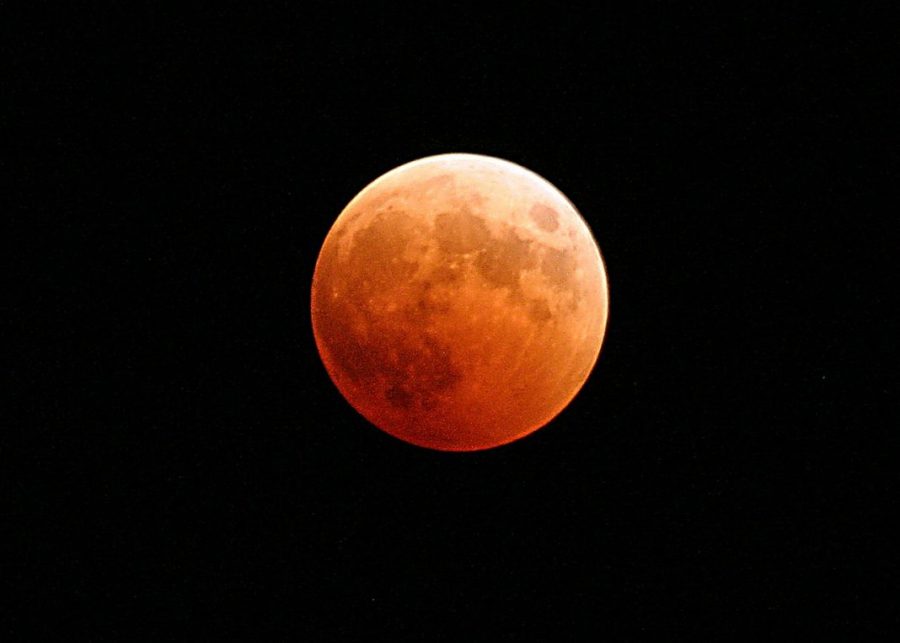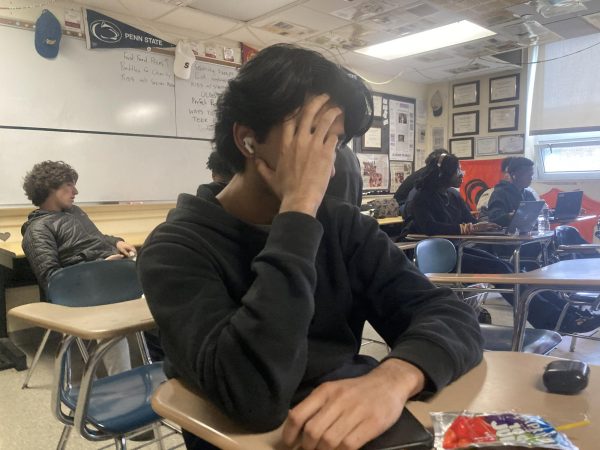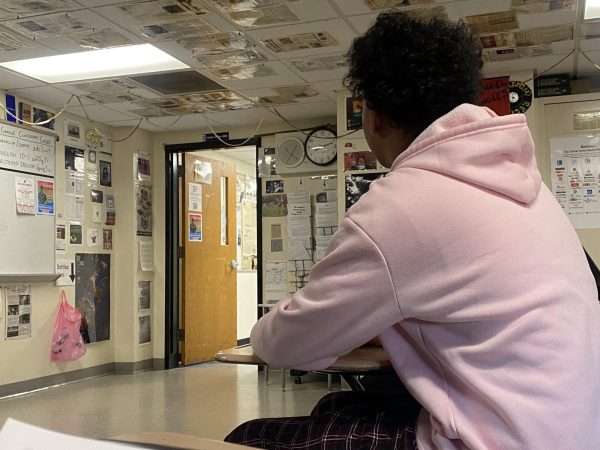A Lunar Phenomenon That’s Truly Once in a Super Blue Blood Moon
January 30, 2018
After the total solar eclipse in the August of 2017, the moon has once again hitched itself on yet another wild ride. On January 31, 2018, the moon will go full for the second time this month. Know as “Blue Moon,” this event is fairly uncommon, as the last one took place in July 2015. One occurs about every three years.
On this same day, the moon will be about 14 percent larger in the sky and 30 percent brighter than when it is further away from the Earth; this is scientifically referred to as a Supermoon.
Unfortunately the moon won’t turn blue or put on its cape, but in certain areas, the United States west coast, Canada, and Hawaii included, the moon will appear an orange-red color due to a lunar eclipse. A lunar eclipse happens when the Earth is perfectly aligned between the sun and moon, as opposed to a solar eclipse where the moon is in between the sun and the earth. All together, scientists are calling this the “Super Blue Blood Moon.” An event like this hasn’t occurred in over 150 years.
This will then be followed by a Month with no full moons, since February is only 28 days this year and the lunar cycle is around 29.5 days. The last time a month without a full moon occurred was in 1999, and it occurs about every 19 years.
We then will see another Blue Moon in the following month, March, the second blue moon of 2018 as a result of the full-moon-less February.












